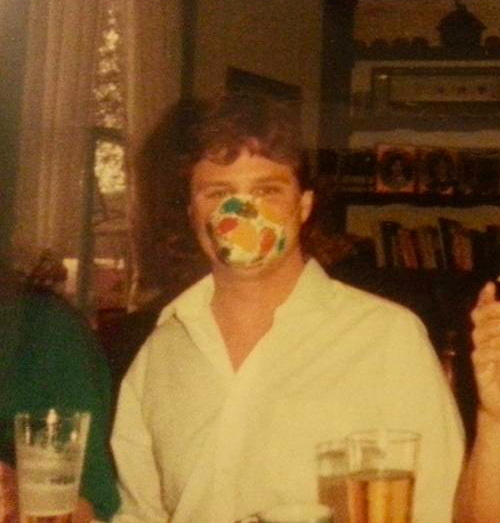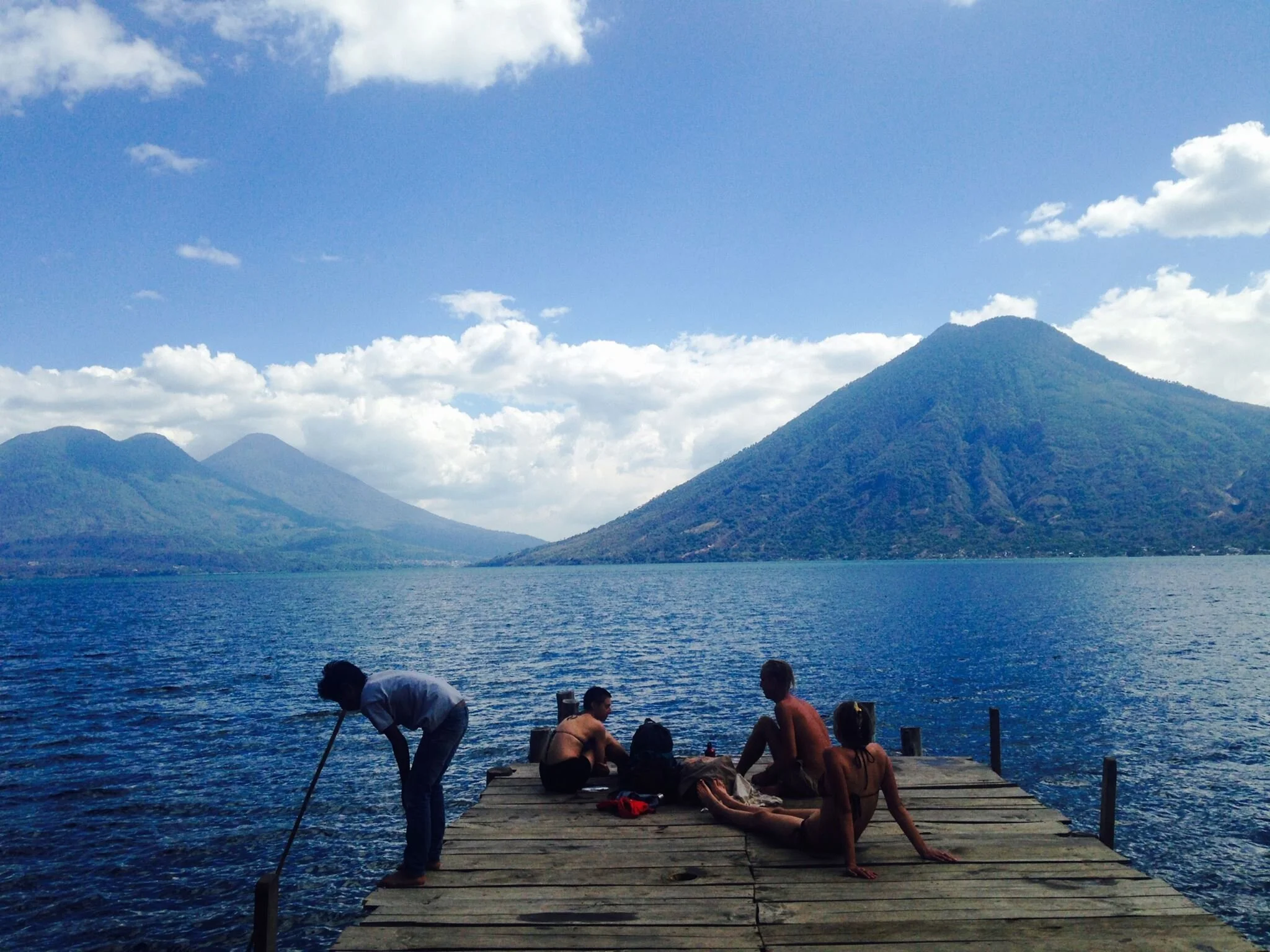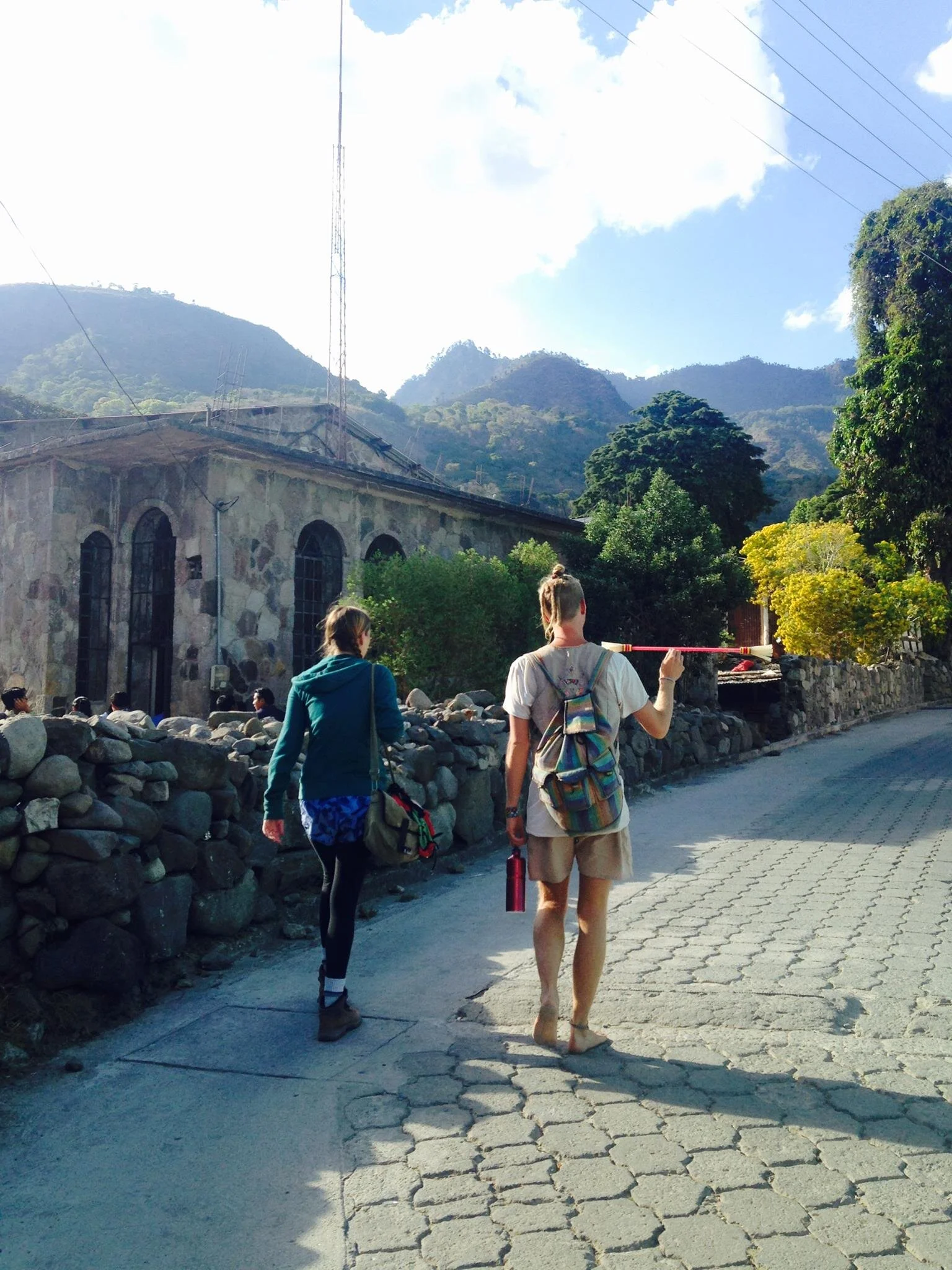On Grief (On My Father's Birthday)
Today would have been my Dad’s 66th birthday. This time of year is typically a little fraught for me and this year is no exception, but I’m doing my best to lean back into the ways I cared for myself in 2015 when life shifted in such a profound way.
The day after he died I found myself lost in a deep fog of grief. I felt ashamed and confused with how upside down my world felt, nothing made sense. The logic that once tied me so firmly to the world was now gone. I was unmoored and felt like there was no “I” to speak of, just a body that was dizzy and spinning in an endless isolation. I only fully grasp now, almost 7.5 years later, how hard I was on myself at that time and how ashamed I was to be in the space of grief. But also, how much I had to push myself to “get on and get over it” because of the demands of life at the time. I started a new job just two days after he died, while making the funeral arrangements, and preparing to start a yoga teacher training that some month. I had to push through. I did not fully process and often didn’t choose to sit with the feelings I was constantly pushing away.
I attended a yoga class the day after my father died. I told no one in class what had happened and did my best to hide my grief, not wanting to have to face sadness and pity reflected back to me from others. I wanted to carve out a time where I could feel “normal” (maybe for the last time) and untouched by the entire summer where I watched my father’s consciousness slowly deteriorate and then die. But, really I was denying myself the right to feel and be witnessed in my pain.
When I got to class, my teacher Bonnie asked the small group if there was anything we wanted to work on. One person was incredibly brave to share with the group that they had just gone through a breakup. I couldn’t tell you now for sure who it was, but I remember their pain and tears and what their vulnerability meant to me, as I was working through the urge to harden my own heart. Bonnie devoted the whole class to heart openers and we surrounded the person with love, care, and reiki. I needed so badly to be in that environment, but I would not ask for it or accept that kind of love for myself at the time. But, in a moment of magic and connection, it was given to me anyway by the willingness of another to be vulnerable in their own pain.
Yoga was/is such a refuge and sanctuary for me. I have lost my connection with it and found it again countless times over the years. But, I truly don’t know what I would have done without the regularity and comfort of the mat and the yoga teacher training program I started the month he died, as well as all the many, many beautiful souls I shared my practice with during that time. One of the only ways I knew then how to let love in was to attend yoga class.
It's taken me a long time and many words on the page to practice getting more comfortable with being vulnerable in my own grief and pain. I recently read a book called “The Modern Loss Handbook” and feel more certain than ever that talking about and holding space for grief is essential to the world. I often feel shame now about how ill-equipped I feel to meet others in their grief despite my experience with it, in part because of how many times and how many ways I have denied it in myself over and over again.
In the book, the author asks the readers to think of the ways that people showed up for you when you were grieving that made the most impact and to use that as a guide going forward to show up for others. Grief, for me, in a lot of ways is still a dense fog. It’s no less cloudy or convoluted but I’ve slowly learned how to navigate around without being able to see.
I want to be a light to guide others and make their experiences easier, but also there isn’t much I remember that did feel good because, despite having love shown to me, I mostly didn’t feel safe or worthy to let it in. I remember, however, finding immense comfort many times in the vulnerability that others showed in their own grief, in person and in writing. I know expressing this realization is part of my own practice of trying to befriend the pain I have felt from many losses that have happened over the years.
I have a strong desire and need to alchemize or harness these losses to help others. But, I often find myself feeling so empty and lost at the prospect of making any difference. This is an indication that I am abandoning and denying myself again. The cycle continues, the practice of moving through this grief continues… if there is anything I have learned through it all, it is to keep going, to keep writing, to keep trying.








